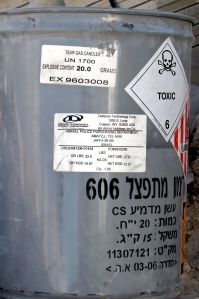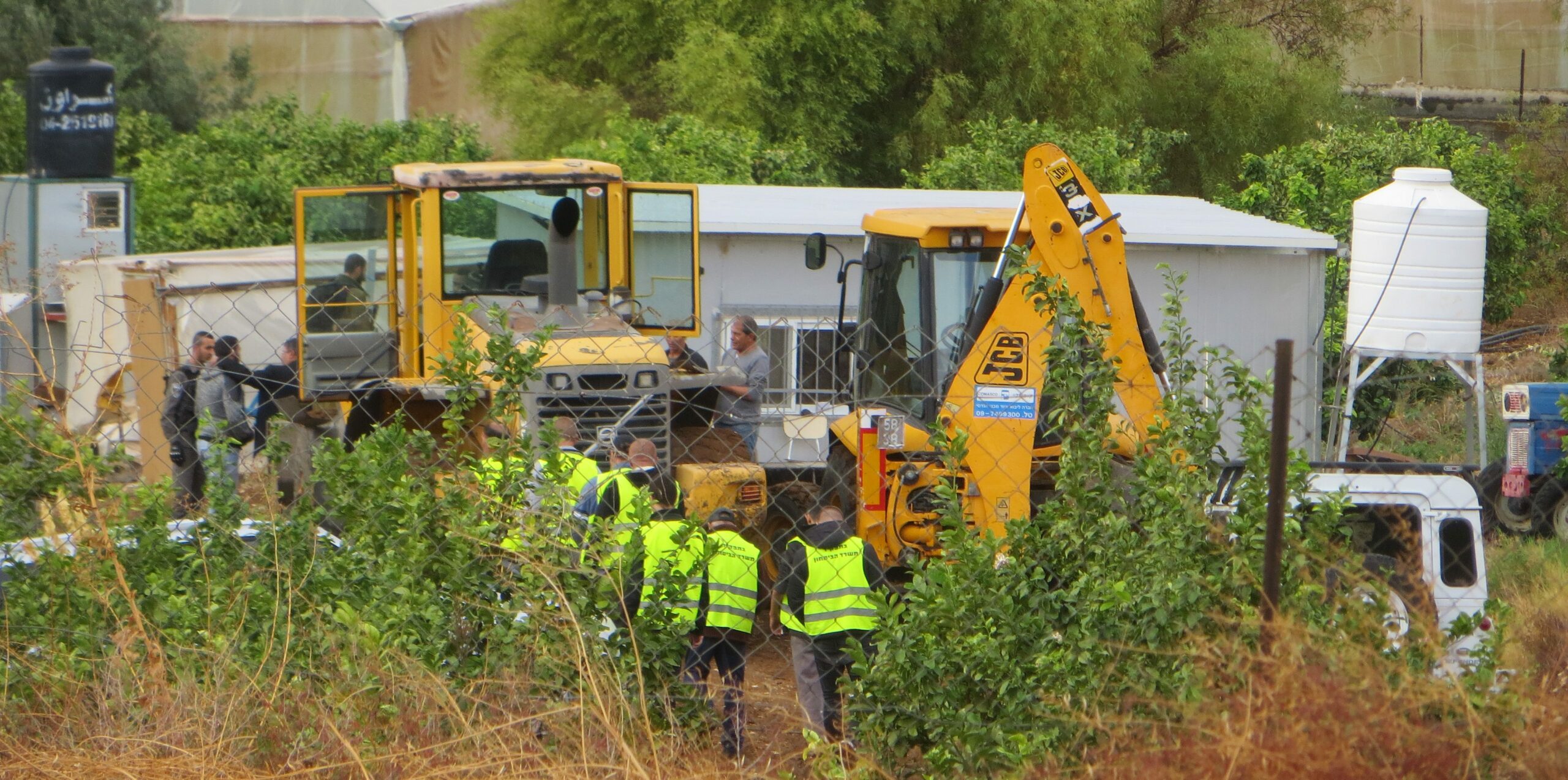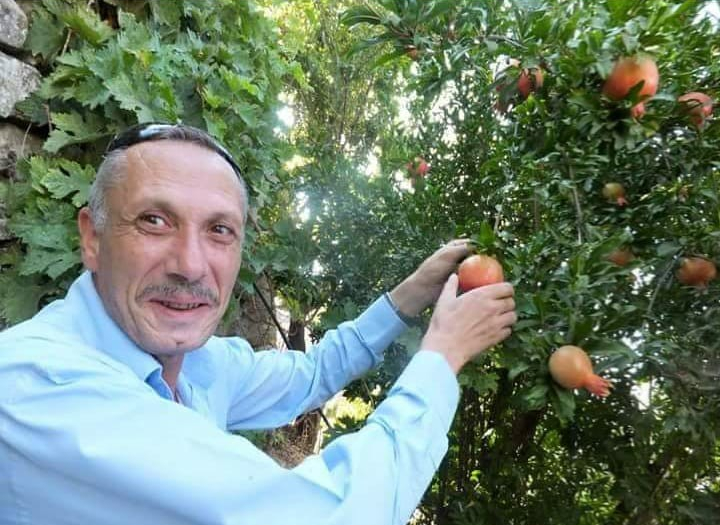In the light of the recent death of Jawaher Abu Rahma through tear gas inhalation (see http://corporateoccupation.wordpress.com/2011/01/03/1080/ ) Ryan Olander takes a look at the history of systematic ‘non-lethal weapon’ usage by Israel against Palestinians.
Jamal Shukeirat, resident of East Jerusalem, was a young man on the 26th of September 1988; 23 years old. For most people his age, September is a month to return to university or begin thinking about harvest. However, his life was cut short this day. Jamal was shot directly in the head with a large and heavy tear gas round by the Israeli Military. [1]
It is illegal under international law to use propelled tear gas in this way. An addendum of the Chemical Weapons Convention (of which Israel is a signatory ) states: “And, as toxic chemicals, RCA [riot control agents] are subject to the requirement that their types and quantities must be consistent with their purpose. This implies that the munitions or devices used to deliver RCA must also be consistent with that purpose.” [2]
The reason it is considered a “less-than-lethal” weapon is because its dispersal effects come as the CS gas they burn are inhaled. This causes nausea, loss of breath and impaired vision. Many times the Israeli Occupation Forces (IOF) use this weapon as projectile to strike nonviolent activists.
Instead of firing these heavy metal canisters indirectly and in a gentle arc, the IOF fires them directly at Palestinians, Israelis and internationals.
Despite tear gas being heralded as a non-lethal “crowd-control” weapon, normal tear gas has been shown to kill infants, the elderly and cause miscarriages if exposure occurs in an enclosed area. [3]
Nisrin A-Nawajha, 3 of Khan Yunis, died after a tear gas round was thrown into her home less than a month after Jamal. [4] The practice of misusing tear gas – either as an anti-personnel round or as a suffocant inside homes or buildings – was a widespread practice during the First Intifada, resulting in numerous deaths and injuries. During the first ten months of the First Intifada, 26 children, ranging in age from 5 days old to three years old, were killed as a direct result of tear gas. [5]
In the beginning of the First Intifada, the manufacturer of Israeli Tear Gas was TransTechnologies. They had massive orders for tens of thousands of rounds. In this period of fertile and mostly nonviolent resistance, the IOF disregarded international law and used tear gas as a projectile weapon as opposed to a less-than-lethal crowd dispersal munitions. While the resistance was being made, the Israeli military shot tear gas rounds into homes and directly at demonstrators. They paid no attention to the legal way to deploy this weapon, resulting in deaths and gratuitous injuries.
This misuse of the weapon sparked international outrage. Demonstrations against this gross human rights abuse were impassioned. But the emotion behind them was not all that made them unique. They were also effective. TransTechnologies halted all sales of tear gas to the IOF in 1988. [6] These demonstrations also culminated in law suits concerning the deaths of at least eight Palestinians. The suits alleged that TransTechnologies sold tear gas to Israel with the knowledge that they were using “their product recklessly, resulting in multiple civilian deaths.”[7]
With the seeming peace promised by the Oslo Accords, injuries and deaths caused by tear gas waned. However, with the outbreak of the Second Intifada, injuries related to tear gas rose sharply.
Between October 2000 and December 2008 just fewer than 7,000 injuries were attributed to tear gas. [8] The gains made by those demanding respect for human lives and adherence to international were destroyed during this uprising, but the IOF continue its flagrant violation of these laws as the Intifada subsided.
Numerous deaths, maimings and injuries have occurred in recent months in the Occupied Palestinian Territories.
On 13 March 2009, American activist, Tristan Anderson, was shot in the head from a distance of 60 meters with a high-velocity tear gas round. These rounds were designed to penetrate walls of buildings. However, the IOF was using them in open air. The high-velocity rounds have an initial propellant which projects it 400 meters and after this a secondary propellant can push it another 150 meters. The round fractured Tristan’s skull. The impact caused bone fragments to be lodged in his brain and parts of his frontal lobe had to be removed. [9]
A month later Bassem “el Pheel” Rahma, popular committee member of Bil’in, was shot with the same high-velocity round from a distance of 20 meters. He approached the Apartheid Fence to demand that the soldiers stop firing tear gas directly at the nonviolent demonstrators. However, they turned the weapon on him. The canister opened up a 7cm hole in Bassem’s chest upon impact. He died nearly immediately.[10]
Finally, on 31 May 2010 Israeli undertook an act of piracy; attacking the freedom flotilla en route to Gaza and carrying humanitarian supplies. This attack sparked outrage throughout the OPT and demonstrations spontaneously erupted. Amercan-Israeli citizen, Emily Henochowicz, attended one demonstration at Qilandiya checkpoint. Standing with other Israeli activists and international observers, she thought she would be safe from the tumult of the clashes. However, The IOF targeted this group. Tear gas canisters sped across the ground on either side of Emily. The third round found her left eye. Had the canister been fired according to regulation, Emily may have merely suffered a large gash. However, this round was shot directly at Emily resulting in the loss of her eye. [11]
These are only some of the most horrific consequences of Israeli’s disregard for humanitarian law concerning its riot control agents. But these acts are common place and happen each day throughout the OPT.
The homes of An Nabi Salih take on a different appearance each Friday as the villagers prepare to demonstrate against the annexation of their spring by the illegal Halamish settlement. Rugs are draped over windows and doors as the IOF has a habit of halting the demonstration before it begins and shooting tear gas through the streets of the village. In the beginning, before the villagers took necessary precautions, canisters would break windows and suffocate those too young to demonstrate and those past the age of demonstrating who tried to escape the bedlam wreaked by the IOF.
Amidst this madness, the youth of the village remain steadfast in their resistance to the invading soldiers. The aggressors sometimes have to make hasty retreats when they’ve expended all their ammunition. In their haste, they’ve left behind interesting pieces of trash. One metallic container had the following information upon it:
‘AMMUNITION SMOKE Combined Systems, INC 226 Newtown Rd. Plainview, NY 11803.’
It had held 400 tear gas rounds used on the villagers of An Nabi Salih that day.
The rounds were produced in the USA, shipped to Israel and misused in OPT each day by the IOF resulting in maiming and death. It’s hard to imagine that CSI is not aware of the results of its tear gas being illegal used in the OPT. However, given the globalized society in which we live, it’s also hard to imagine that CSI will halt sales to Israeli given the massive profits it receives from Israeli’s massive consumption of CSI’s product; hard to imagine without the proper expression disdain and disgust from civil society.
[1] Daya R. Perera, Chairman of the Special Committee to Investigate Israeli Practice Affecting the Human Right of the Population of the Occupied Territories, “Report of the Special Committee to Investigate Israeli Practice Affecting the Human Right of the Population of the Occupied Territories”, United Nations, Fourty-Fourth Session, Item 78. 13th July 1989
[2] Rosenberg, Barbara. “Riot Control Agents and the Chemical Weapons Convention.” Peace Palace, The Hague, 1 May 2003
[3] Heinrich, U. “Possible lethal effects of CS tear gas on Branch Davidians during the FBI raid on the Mount Carmel compound near Waco, Texas.” www.veritagiustizia.it.] September 2000. Retrieved on September 23, 2007. [4] Daya R. Perera, Chairman of the Special Committee to Investigate Israeli Practice Affecting the Human Right of the Population of the Occupied Territories, “Report of the Special Committee to Investigate Israeli Practice Affecting the Human Right of the Population of the Occupied Territories”, United Nations, Fourty-Fourth Session, Item 78. 13th July 1989 [5] Committee on the Exercise of the Inalienable Rights of the Palestinian People, “Palestinian Children in the Occupied Palestinian Territory,” New York, 1990, United Nations
[4] Henry Weinstein. “Southland Tear Gas Firm Sued Over Mideast Deaths Litigation: Suit claims Sherman Oaks company knew chemical was used recklessly by Israeli forces.” December 20th, 1991. The LA Times
[6] Robert Pear. “Israel Accedes to U.S. Rights Monitoring.” June 6th, 1988. New York Times.
[7] Henry Weinstein. “Southland Tear Gas Firm Sued Over Mideast Deaths Litigation: Suit claims Sherman Oaks company knew chemical was used recklessly by Israeli forces.” December 20th, 1991. The LA Times
[8] Palestinian Red Crescent Society. “Total Numbers of Deaths and Injuries – West Bank and Gaza: During the Period Sept. 30 ’00 – Dec 31 ‘08”
[9] International Solidarity Movement. “Solidarity Demonstration in Nil’in.” 22 March 2009
[10] Palestine Monitor. “Our Peaceful Towns Should No Longer Be the Graveyard of Our Youth.” 17 April 2009 [11] Palestinian Center for Human Rights. “Weekly Report on Israeli Human Rights Violations in the Occupied Palestinian Territory (27 May – 02 June 2010).” 2 June 2010





2 Comments
tomclaro · 4th February 2011 at 5:13 pm
Hi,
Great Blog! Keep up the good work.
Less Lethal Alternatives · 26th July 2012 at 4:00 am
Hi, very interesting blog you have here! I’d like to invite you to visit my blog at http://www.lesslethalalternatives.com to expand on the discussion of less lethal defense options. Hope to see you there!